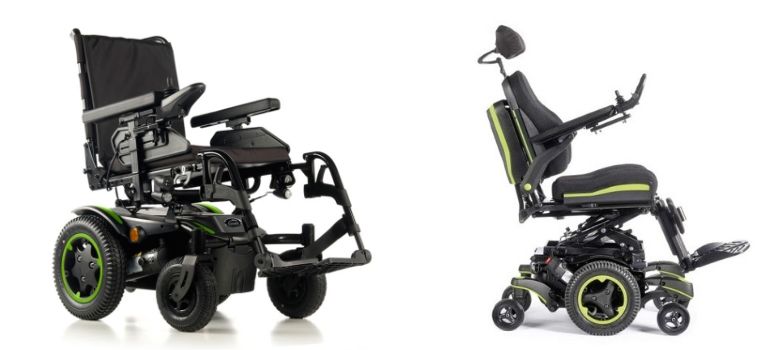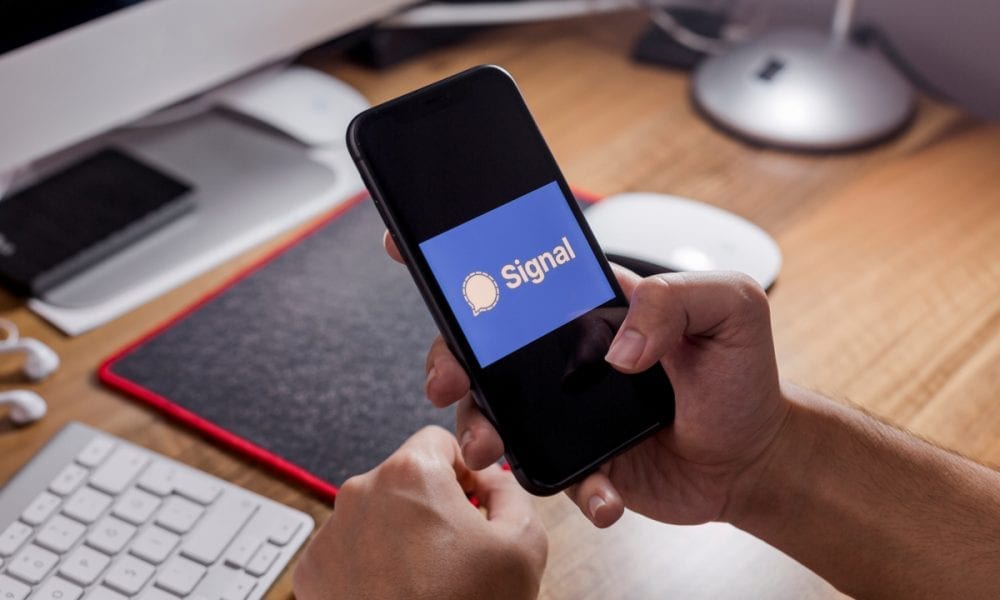One in four adults in the US has a disability that impacts major life activities, and mobility issues are the most prevalent. Those who have this type of disability can have serious difficulty walking or climbing the steps and many rely on wheelchairs on a daily basis. The good news is that technology is stepping up to enhance the quality of life and abilities of people with mobility-related disabilities. Below are just a few advances designed for this purpose.
IoT Wheelchairs
There are 131 million wheelchair users in the world, yet mass market wheelchair design has changed little over the past few decades. Digital advances made at the commencement of the Fourth Industrial Revolution, however, have led to the launch of amazing startups that are totally upping the mobility game. Guru IoT, a startup from South Korea, is one of the leaders in the game, having created a self-driving wheelchair based on the concept of digital twinning.
The wheelchair accesses cloud-stored maps, allowing the chair to make its way around a given environment safely and to receive and transmit data in real time. It also has proximity sensors to avoid accidents. The fact that the chair relies on twinning rather than global positioning data makes it far more affordable for the average user.
Boosting Wheelchair Safety
Another cutting-edge wheelchair is Luci, which has been designed and manufactured in the US. This chair contains eight sensors, designed to help users avoid obstacles. The Luci team found that some 87% of power wheelchair users had experienced at least one tip or fall over the previous three years, indicating the extent to which enhanced safety is required in this type of equipment. Also improving stability is the Phoenix I chair, which is 3D-printed and made of carbon fiber. The light body moves in sync with the user, thus providing improved lightness and stability all at once.
Bionic Exoskeleton
Many people who may not have walked in years are able to do so once again thanks to new exoskeletons that are designed to help those with paralysis or severe difficulty walking.
Think of an exoskeleton as a high-tech suit that enables people who have had strokes or brain or spinal injuries, to regain basic movements or stand. Exoskeletons can help improve a person’s gait or increase their range of motion. They can also activate muscles that people may have difficulty using.
Specialized Exoskeletons
Over the past few years, much has been done to provide exoskeleton-type solutions that are catered to specific conditions—for instance, cerebral palsy. Researchers from the NIH Clinical Center Rehabilitation Medicine Department, for instance, created the first robotic exoskeleton specifically geared towards treating crouch (or excessively bent/flexed knees) in children with cerebral palsy. This device provides powered knee extensions to stop poor gait from leading to progressive degeneration of walking functions.
The one downside to exoskeletons at the moment is that they are expensive, with some costing in the region of $40.000. As any cerebral palsy lawyer will tell you, there are many medical mistakes that can lead to this condition, which can severely curtain a child’s quality of life and require treatments and devices that run into the thousands. Any compensation children receive can go towards new, cutting-edge devices that boost functionality and that enable children to negotiate their way through life in a much more active, confident manner.
The Robotic Crawler
Researchers at the University of Oklahoma have built a machine that can help babies (aged two to eight months) who are at a risk for cerebral palsy learn to crawl. The baby wears a webbed cap fitted with sensors, and lies on a wheeled car that is attached to a tripod machine. The sensors monitor their brain activity and track their movements, and the device offers assistance where it is required. When children move and their brain does not register a reward, the brain can then remove the function of those movements. The device stimulates the brain to encourage babies to move further distances, thus growing areas of the brain that are vital for movement.
Smart Home Assistants
Smart home assistants—especially voice-activated ones—are a big boon to people who have limited use of their arms or hands and who therefore find it difficult to program thermostats, lighting systems, and similar. These assistants can carry out a host of functions, including turning entertainment systems on and off, programming lighting and cooling/heating systems, and making appointments. They can also provide easier access to games, movies, and TV shows, as well as music and audiobooks.
Mobility disabilities affect millions of people across the globe. The tech world is aiming to improve their functioning and quality of life through cutting-edge inventions. Just a few of these developments include IoT wheelchairs, bionic exoskeletons, and robotic crawlers for babies. Clearly, tech is stepping in to prevent disabilities as well as improve the lives of those that have them.




